Explore the 10 differences between upcycling and recycling. Learn how each practice tackles waste management, environmental sustainability, and reducing energy consumption in unique ways to conserve natural resources.
Are you the one concerned about the environment, looking to reduce waste, and wanting to know what the difference is between upcycling and recycling and which is better for our environment?
When we use some products, one question comes to mind: whether to recycle, upcycle, or what to do with them. There are advantages and disadvantages to upcycling and recycling.
Waste management has become a crucial part of saving our environment. Recycling and upcycling are the two approaches to reducing waste. Both methods are effective in reducing waste, but the process and the outcome are different. In this article, we will learn what the difference is between upcycling and recycling, creative ideas to upcycle, its benefits, advantages, and disadvantages, and how they impact the environment.
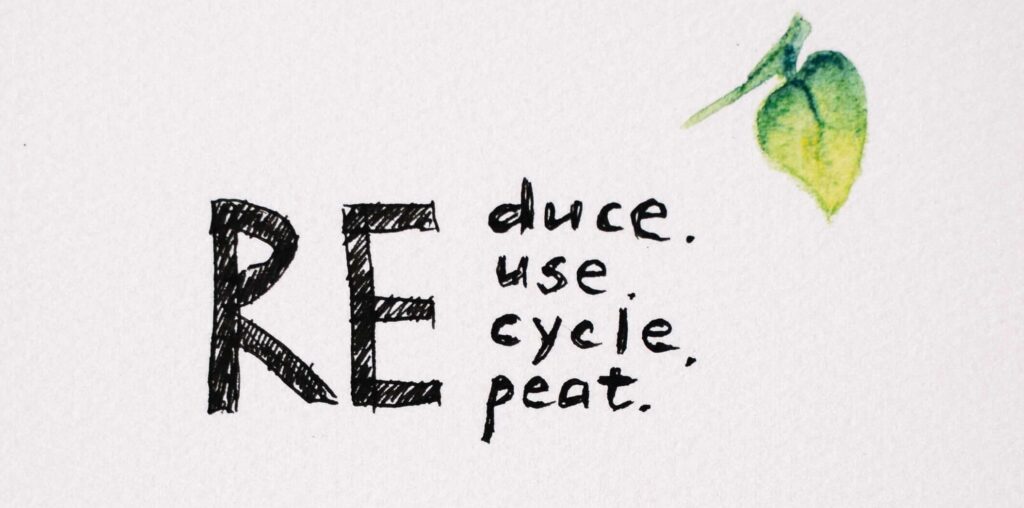
What is upcycling?
Upcycling is the process of transforming waste or unwanted products into new products that have high value. This can be done by repurposing, altering, or using creativity to create something new and useful.
Examples of Upcycling Projects
Creativity and imagination have no limits You can make anything out of waste. Here are some examples of upcycling projects.
- Repurpose old items: Use glass jars to store groceries, make flower pots, make mini aquariums, make pen stands, etc.
- Repurpose: Give a new look to old furniture by coating it with fresh paint and making some modifications.
- Clothing: Make new garments, accessories, bags, scarves, bath mats, toys, and pillow covers from old clothes, and stitch all fabric scraps together to make colorful bedsheets.
- Bottle Caps: Make colorful art from Bottle caps, providing a creative and eco-friendly way to reuse these small pieces of plastic.
- Paper Crafts: Using old magazines, newspapers, or cardboard, you can transform them into decorative paper crafts, such as origami, paper flowers, or gift boxes.
- Upcycled Jewelry: Use broken or unwanted jewelry to create new pieces, such as bracelets, necklaces, or earrings.
These are a few examples of upcycling projects. There is endless innovation and imagination to create new products that help reduce waste going into landfills.



Benefits of Upcycling
1. Environmental benefits of upcycling
Upcycling reduces the waste that ends up in landfills and oceans. Reduce the environmental impact of waste disposal.
Reduces the carbon footprint of manufacturing by using existing materials, which require less energy and reduce greenhouse gas emissions than creating new products.
Requires fewer natural resources to create new things, which can help conserve natural resources.
2. Economic benefits of upcycling.
Creating new job opportunities in the waste management and manufacturing industries.
Generate income for individuals and communities that can make and sell upcycled products.
Upcycling is cost-effective and saves money, it is an alternative to buying new products.
3. Social benefits of upcycling.
Upcycling encourages creativity and innovation in individuals and the community to create new products out of waste.
Reduces environmental injustice: Upcycling can help reduce environmental injustice by promoting sustainable waste management practices and reducing the burden on marginalized communities, which often bear the brunt of waste disposal.
What is Recycling?
Recycling means breaking down waste materials into raw materials or components, which are then used to make new products. This can include melting or grinding, using a mechanical or chemical process to turn the waste product into something new.
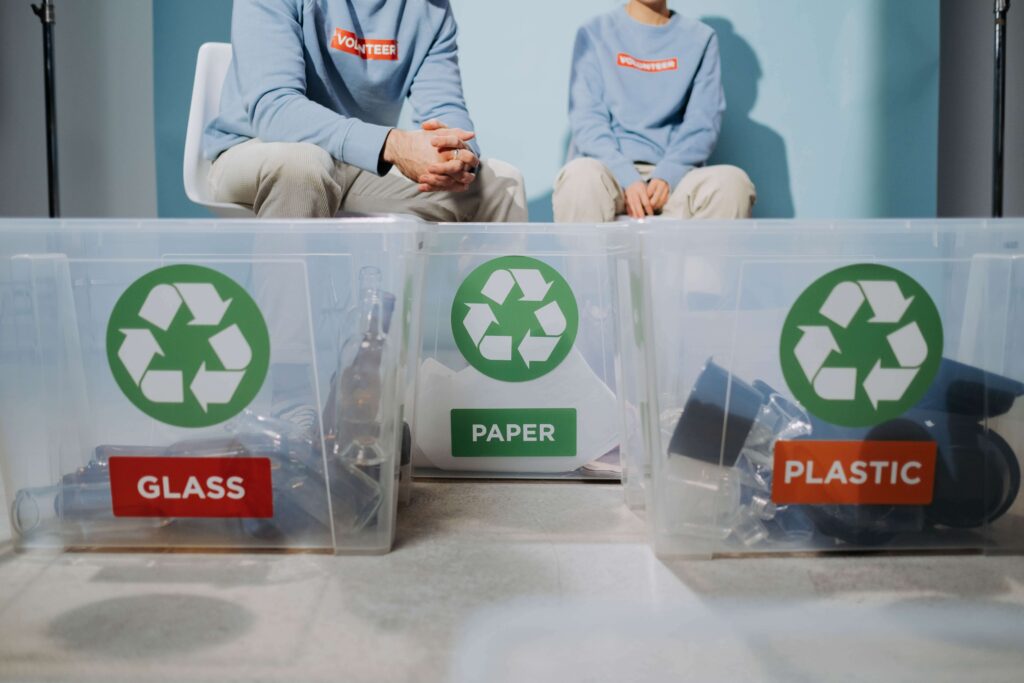
The recycling process starts with collecting waste from the bins. Here it is:
- Collecting: The first step is to collect the items from the bins.
- Separating: All the waste materials are collected and sorted based on different materials such as plastic, glass, metal, and paper.
- Cleaning: If the materials are contaminated with food and dust, they will be cleaned.
- Processing: These waste materials are ground or melted into small base components.
- Manufacturing: These base components are used to make recycled products.
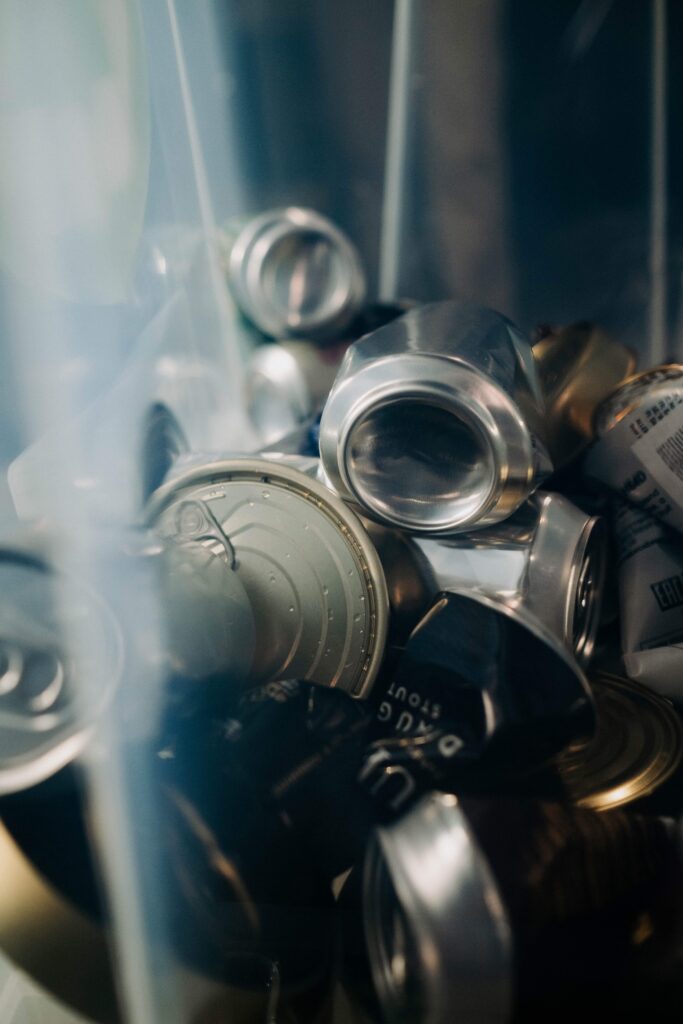
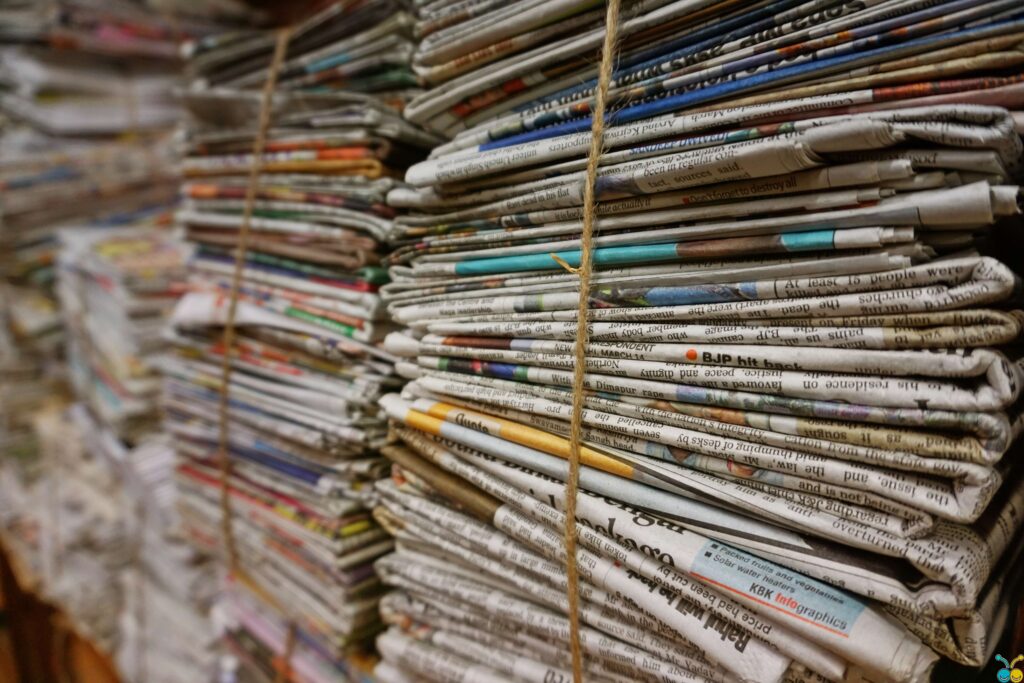
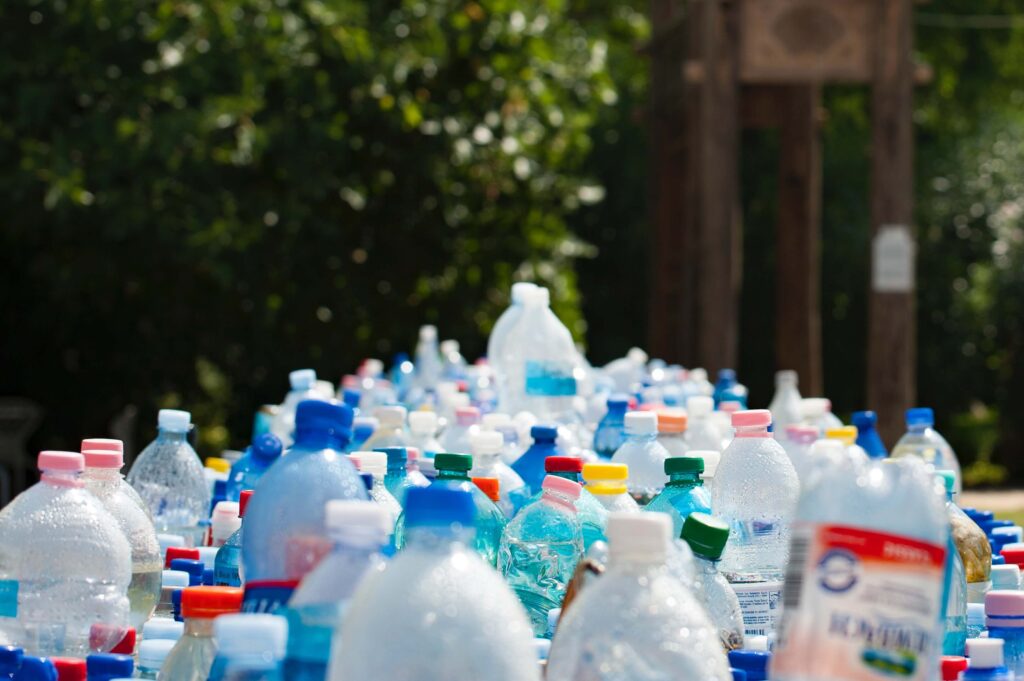
Benefits of Recycling
Environmental benefit of recycling.
Recycling is an important part of environmental sustainability; it reduces waste, conserves resources, reduces the use of energy, and reduces environmental impact.
How can recycling materials lead to environmental sustainability?
- Recycling helps reduce greenhouse gas emissions. To produce new products, you need fewer raw materials and less energy, which helps reduce carbon emissions.
- Conserve natural resources: Recycling helps reduce the use of natural resources (water, oil, minerals, and trees) while manufacturing new products.
- Decreased energy consumption: Recycled materials use less energy when compared to materials made from new raw materials.
- Reduced landfill waste: Recycling reduces waste going into landfills and saves the environment from pollution.
- Supporting a Circular Economy: recycling helps in a circular economy in which resources are reused and recycled in a closed loop which minimizes waste. Helps to save spending money on new resources and energy.
Economic benefits of recycling.
- Job creation: New waste management job creation helps support the local economy.
- Save money: Helps businesses to save money on new raw materials, energy, and waste disposal costs.
Social benefits of recycling.
- Promotes sustainable practices: Encourages Individuals, communities, and businesses to practice sustainable lifestyles to reduce environmental impact.
- Improves health: Recycling helps to reduce air and water pollution which leads to better health and well-being
Upcycling and Recycling
Let’s compare the 10 differences between Upcycling and Recycling
- Here are 10 key differences between upcycling and recycling:
| No. | Upcycling | Recycling |
| 1. | Converts waste materials into new products with higher value. | Converts waste materials into raw materials for making new products. |
| 2 | Requires creativity and innovation to make new products. | Requires collecting, separating, and processing to make new products. |
| 3 | Upcycling can be done at home. | Recycling needs a special facility. |
| 4 | It involves the use of entire or part of waste materials to make new products. | It involves breaking down waste materials into small components to make new products. |
| 5 | You can upcycle anything with your creativity to make new products. | You cannot recycle everything. |
| 6 | The resulting product is unique. | The resulting product is standardized. |
| 7 | Upcycling is a more sustainable option for waste management. | Recycling is not much sustainable option it requires resources and energy, and also shed microplastics into the environment. |
| 8 | It involves crafting and customization. | It involves industrial processing. |
| 9 | It focuses on using products that are difficult to recycle. Ex, Textile waste and electronic waste. | It focuses on common products such as plastic, paper, and metals. |
| 10 | Upcycling is eco-friendly | Recycling is not eco-friendly. |
Is upcycling better than recycling?
Upcycling and recycling both are important parts of waste management. Both are effective in reducing waste the difference is the environmental impact.
Upcycling is better than recycling because upcycling requires crafting and innovative ideas to turn waste into useful products the resulting product is of high quality. You can upcycle anything which is non-recyclable. Compare to recycling, upcycling needs less energy and fewer resources. You can upcycle anything like clothes, furniture, e-waste, plastic bottles, glass jars, metal cans, etc.
Recycling involves collecting, separating, and processing of waste which require energy and resources to create new products resulting product is lower quality than the original product.
The bottom line
Upcycling and recycling both are important parts of sustainable waste management methods, they help to reduce greenhouse gas, reduce waste, and save natural resources. Both processes are important in reducing the environmental impact of waste.
Choosing sustainable waste management methods is critical for reducing the impact of waste on the environment and protecting our ecosystem. Reducing waste, minimizing greenhouse gas emissions, and sustainable waste management can help to create a sustainable life for future generations.
Role of individual and community for a sustainable lifestyle
You can take action to support sustainable waste management and promote a sustainable lifestyle. This includes reducing individual waste, choosing recycled products, repairing(upcycling) old materials, and making new products. Composting kitchen waste, Conscious buying habits, and properly disposing of waste. By working together, we can create a better future for ourselves and the planet.
1. Is upcycling more environmentally friendly than recycling?
Upcycling is more environmentally friendly than recycling, upcycling requires fewer resources and less energy to convert waste into useful products the resulting products are high value. On the other hand, recycling requires a lot of resources and energy to transport and process materials. It is still beneficial in reducing waste
2. Can all materials be upcycled or recycled?
No, all materials cannot be recycled. Paper, glass, and metals are highly recyclable, and some plastics and e-waste are difficult to recycle because they are made of different types of plastics, and the use of hazardous materials like mercury and lead makes them difficult to recycle.
3. How does recycling save energy
A lot of resources and energy are required to make new products, by recycling we can save energy, and new raw materials to make the finished product. The energy-intensive process to extract raw materials like oil and metals is reduced.
Also read
9 Importance of eco-friendly products you need to know
How to make bio enzyme easily at home: Revolutionary cleaner
Am Jeenath is an engineer in biotech with a diploma in clinical research. I am the mother of a son. And I love helping people live sustainably. I educate people on sustainable living and share sustainability tips, ideas, brands, and DIYs.

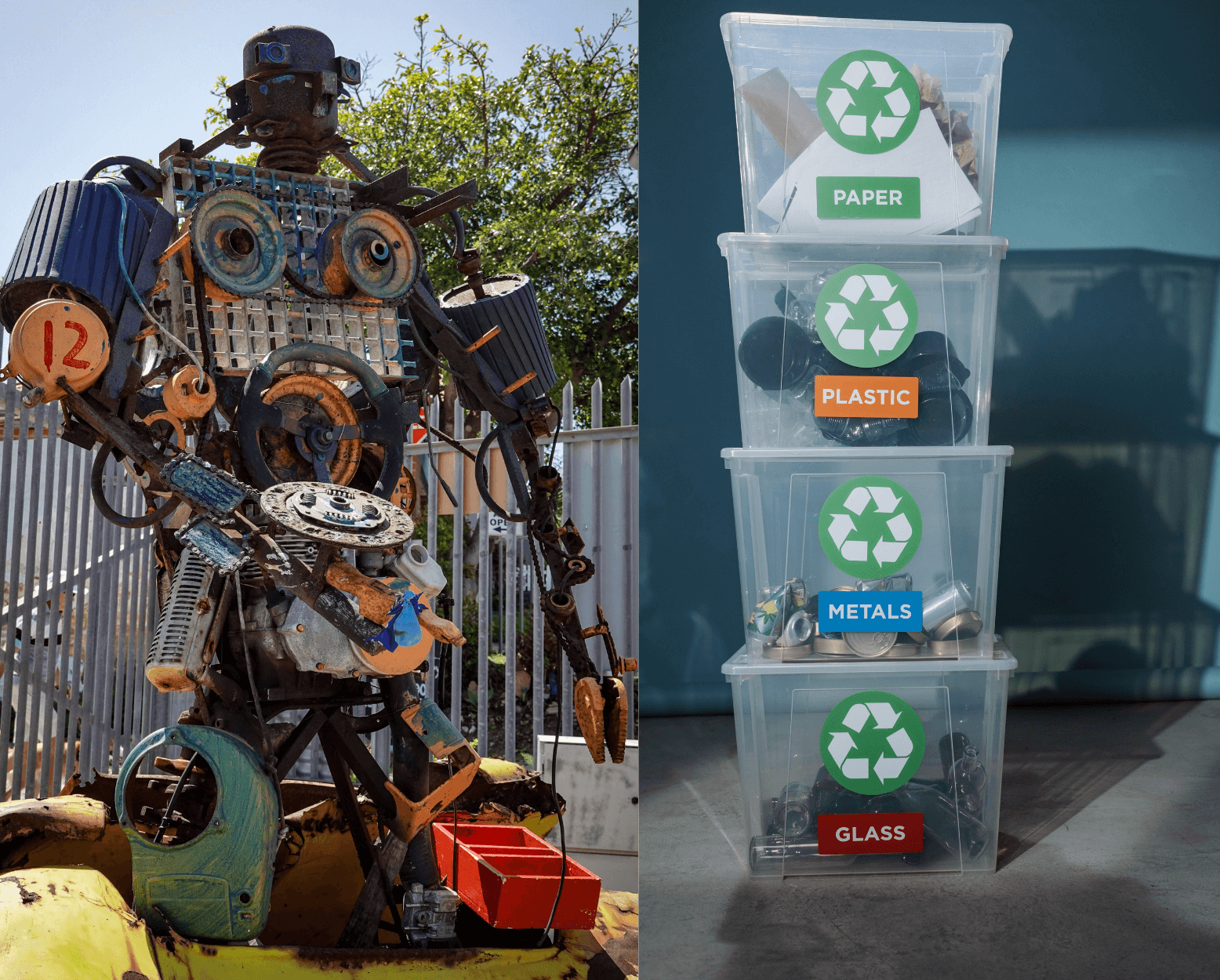
Thanks for sharing. I read many of your blog posts, cool, your blog is very good. https://accounts.binance.com/pl/register?ref=YY80CKRN